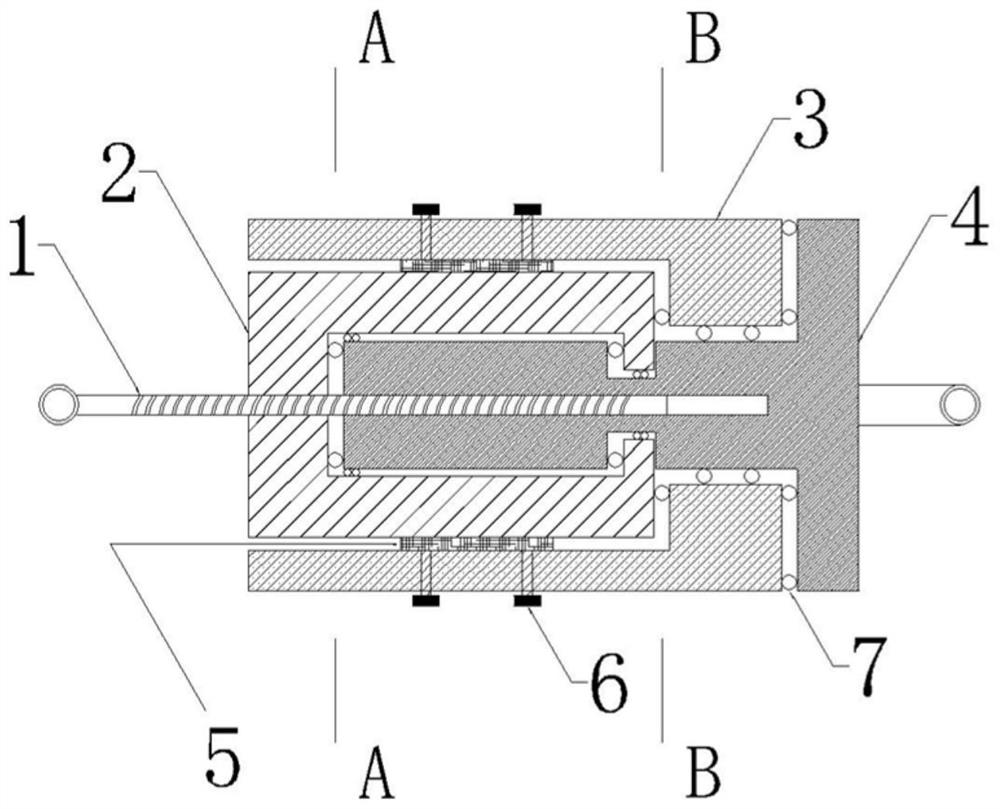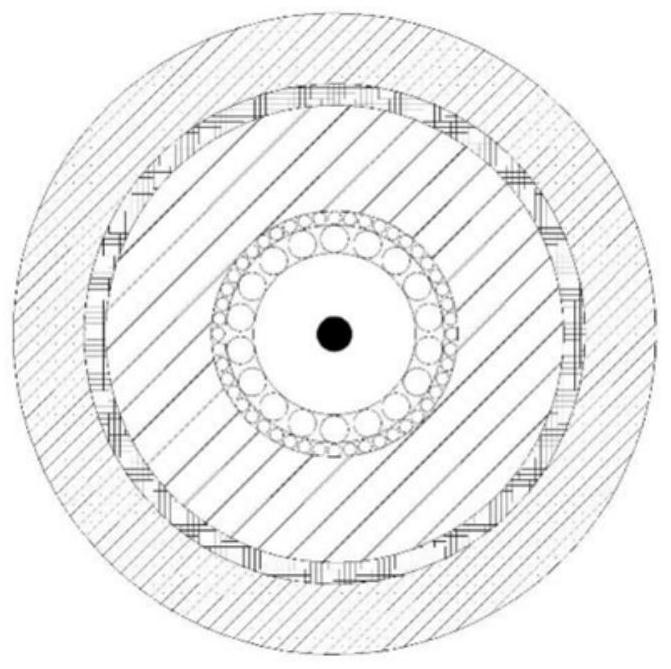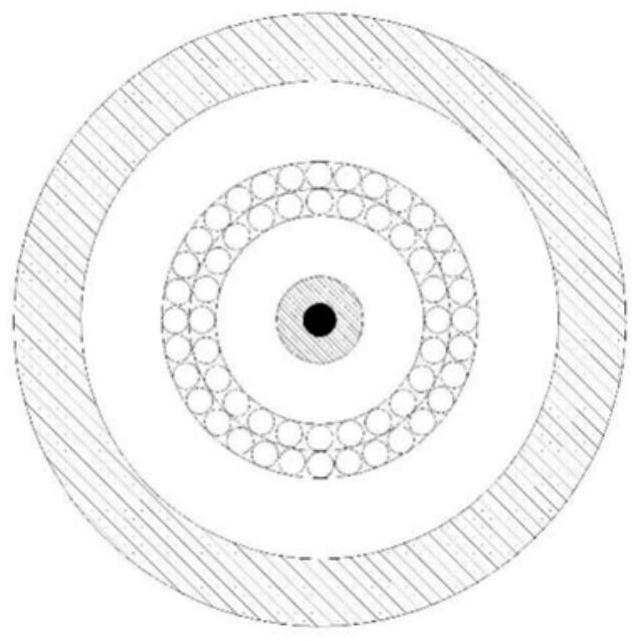Inerter with self-adaptive adjustment of inerter coefficient
A technology of self-adaptive adjustment and inertial coefficient, which is applied in the direction of building types, buildings, building components, etc., can solve the problems of increased inertial coefficient of inerters, lack of inertial coefficients, passive self-adaptive inerters, difficulties in application, etc.
- Summary
- Abstract
- Description
- Claims
- Application Information
AI Technical Summary
Problems solved by technology
Method used
Image
Examples
Embodiment Construction
[0034] The present invention will be described in detail below in conjunction with the accompanying drawings and specific embodiments. This embodiment is carried out on the premise of the technical solution of the present invention, and detailed implementation and specific operation process are given, but the protection scope of the present invention is not limited to the following embodiments.
[0035] A self-adaptive adjustment of the inertia coefficient of the inerter, such as Figure 1 to Figure 3 As shown, it includes a screw 1, a support block 4, an inner column 2, and an outer column 3;
[0036] The inner column 2 is sleeved on the outside of the support block 4, and balls are filled between the support block 4, the outer column 3 is sleeved on the outside of the inner column 2, and the side in at least one direction is supported on the support block 4 by balls superior;
[0037] The screw 1 passes through the inner cylinder 2 and the support seat 4, and meshes with t...
PUM
 Login to View More
Login to View More Abstract
Description
Claims
Application Information
 Login to View More
Login to View More - R&D Engineer
- R&D Manager
- IP Professional
- Industry Leading Data Capabilities
- Powerful AI technology
- Patent DNA Extraction
Browse by: Latest US Patents, China's latest patents, Technical Efficacy Thesaurus, Application Domain, Technology Topic, Popular Technical Reports.
© 2024 PatSnap. All rights reserved.Legal|Privacy policy|Modern Slavery Act Transparency Statement|Sitemap|About US| Contact US: help@patsnap.com










